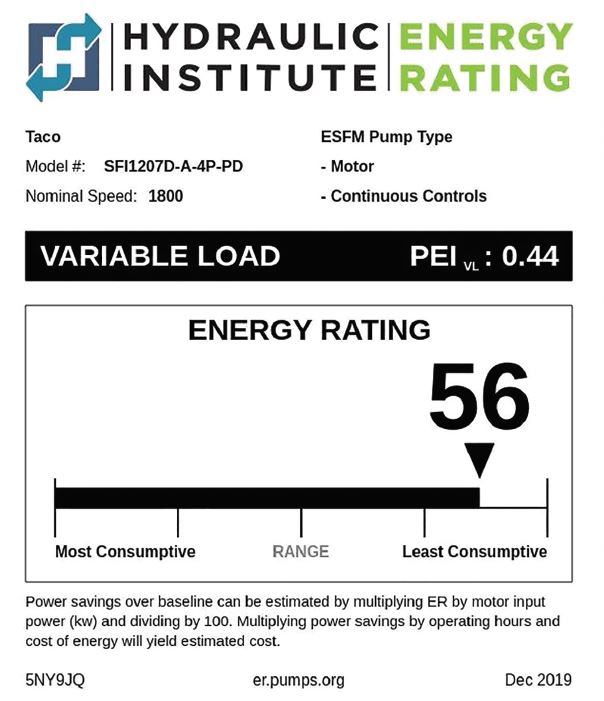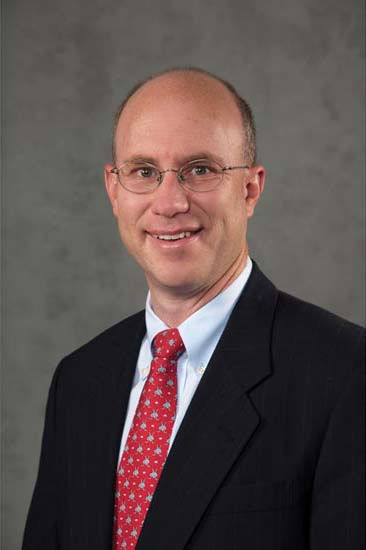The diversity of the hydronic market provides opportunity to every HVACR contractor in the industry. One reason customers ask about hydronic systems is the growing push toward low-GWP refrigerants. To help hydronic contractors and those who are considering hydronic offerings, The ACHR NEWS talked with Mark Chaffee, vice president of governmental relations and sustainability, Taco Comfort Solutions; and Jim Erhardt, hydronic product specialist, Watts. Each manufacturer provided an exclusive look into the trends, equipment, and future of this HVACR sector.
ACHR NEWS: What equipment trends will be relevant for 2020?
Chaffee: The big trend is the emergence of new high-efficiency products — pumps and circulators that are entirely new with greater capabilities and integrated controls. Some of these have been redesigned by manufacturers with maximum efficiency as the key goal. Over the past year, demand for improved system and energy efficiency has continued to move apace throughout the industry, especially for large commercial HVAC system pumps. The ECM motor, now available up to 30hp from Taco, has added to the overall efficiency, but in combination with self-sensing controls, it’s a game-changer in the pump market.
Erhardt: There are several areas where current equipment trends will continue. First, the growing market share of modulating-condensing heat sources will continue. The sales of high-efficiency heat sources have already surpassed non-condensing units, and this trend will only continue. Secondly, I believe we will see market growth of system components that enable mod-con heat sources to operate at maximum efficiency. These components include, but are not limited to, items such as low-loss headers with dirt separation and IoT capabilities.
ACHR NEWS: How have hydronic installations improved from 20 years ago, and what installation changes can be expected in the next two to five years?
Chaffee: In the past two decades, there’s been seismic change in the circulator and pumps industry, with changes that have vastly improved things for installers. Everything from simpler installation to self-diagnostic pumps, to self-sensing intelligence programmed into pumps or circulators that optimize overall system performance, to the role of circulation or heat distribution. The move from conventional split-capacitor motors to ECM with their associated electronics has driven the ability to integrate intelligence into circulators and pumps. Circs and pumps self-regulate based on the actual head and flow of the installation instead of what was estimated on the plans. These controls are evolving rapidly and are having a bigger impact on system operation and efficiency, while also simplifying commissioning.
Erhardt: Without a doubt, it has been the education of the installer. While the old Institute of Boiler and Radiator Manufacturers courses got the ball rolling decades ago, today there are a growing number of companies with formal training programs and facilities to promote product awareness of new technologies and proper installation technique. This growing industry trend has greatly improved the quality of installation for the benefit of the customer, installer, and manufacturer. In the future, I see more widespread training requirements and certification of installers.
ACHR NEWS: What maintenance should be conducted on a regular basis for general hydronic system well-being?
Chaffee: Very little is required for pumps or circulators. Some technologies to emerge over the past couple of years have made this possible: magnetic dirt separators, improved system solution additives, and in-circulator technologies. New modulating-condensing boilers, however, do indeed require at least annual maintenance, so when technicians are there for that work, it’s always best to do a full-system checkup.
Erhardt: Beyond the usual heat source maintenance, an area of focus that remains somewhat alien to many installers is the water side of the system. Just like the chemistry requirements of a cooling system in a car, the fluid that carries the Btus in a modern hydronic system must now be paid close attention to. Gone are the days of just filling a system with tap water. Every modulating-condensing boiler manufacturer has specific requirements for the water side, including pH and the maintenance of corrosion inhibitors. These requirements will require the continuing education of installers and the awareness of tools such as fill carts.
ACHR NEWS: How are IoT, controls, and predictive maintenance making their way into the hydronic market?
Chaffee: IoT technologies have made a real impact over the past couple of years. Pumps, circulators, and controls have all seen remarkable advances in the area of control interfaces and access to operating data. Controls for the sake of controls, however, is not something we try and push into the market; our focus has been on how an installer or service technician is going to use the data to either properly or more easily commission a system or diagnose a problem. Take, for instance, the Taco 0018e. It allows an installer to look inside the pipes of a residential system and see what’s happening, right from an app on their phone.
Erhardt: Just like the tire pressure monitoring systems found in every car now sold, IoT capability will notify building owners of when parameters such as system pressure, fluid chemistry, etc. are falling out of specification. For example, spikes in system pressure can indicate a failing expansion tank, and gradual increase in pressure can indicate a faulty fill valve or a heat exchanger leak.
The ability to catch these problems before they manifest in a relief valve discharge and potential property damage will become more mainstream.
ACHR NEWS: Moving towards the future, what do you see coming down the pipe in the next four to six years?
Chaffee: One important change worth mentioning is the labels that now offer a lot of intel on circulators and pumps, allowing installers, engineers, utility pros, and building owners alike to make objective comparisons between manufacturers.
The new Department of Energy pump energy rating (ER) labels are designed to clearly indicate power savings obtained from pump system upgrades and changes. Manufacturers now use ER labels to differentiate products by power consumption. Utilities will use ER labels to determine kW savings for incentive programs and rebates.
Erhardt: We see the growing use of IoT to enhance system maintenance, maximize efficiency, and provide improved user interface to building occupants. I also hope to see a growing acceptance and understanding of radiant cooling systems and the role they can play in building occupant comfort and system operating efficiency.

NEW LABELS: The new Department of Energy pump energy rating (ER) labels are designed to clearly indicate power savings obtained from pump system upgrades and changes.
See more articles from this issue here!





Report Abusive Comment